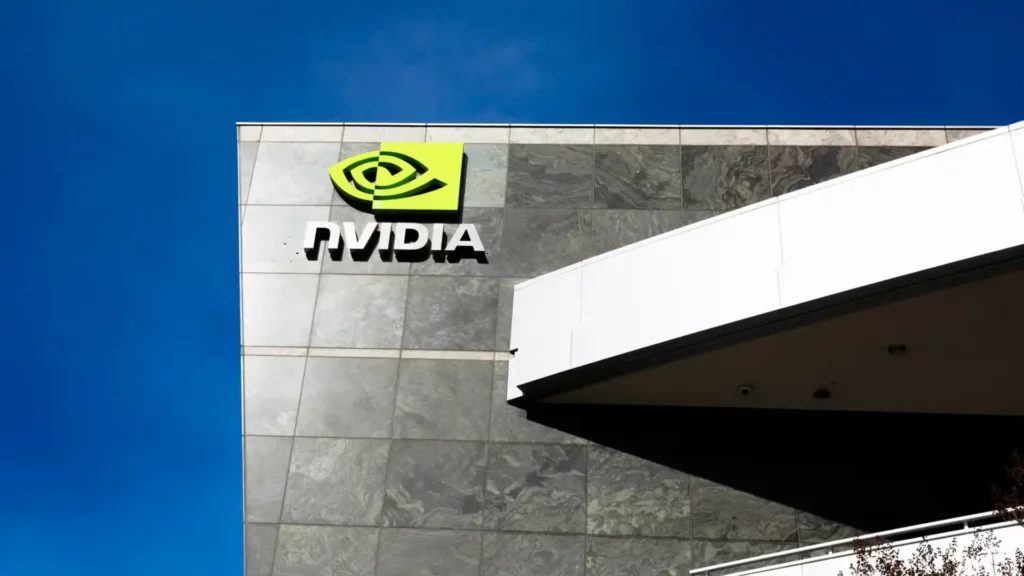Nvidia’s hardware is used by many tech firms including Google, Apple, Meta, Microsoft, and OpenAI to power their own AI models
Nvidia, the US chip giant launched its brand-new chips for artificial intelligence as the company seeks to establish its position as the top supplier of the growing industry. At the developers conference held in California, CEO Jensen Huang unveiled its new Blackwell chips. “We need bigger GPUs. So, ladies and gentlemen, I would like to introduce you to a very, very big GPU,” he said referring to graphic processes that play a significant role in the formation of generative AI.
The event became unmissable to the world and analysts alike due to Nvidia’s crucial role in the AI frenzy happening in the world since the introduction of ChatGPT by Open AI in 2022. The event was even dubbed as the “AI Woodstock” by Dan Ives, Wedbush analyst. Jensen Huang mentions that the Blackwell chips were dramatically faster and more powerful than their predecessors.
The powerful GPU chips launched by Nvidia are a very crucial ingredient in the creation of generative AI. The company had managed to be a top player in the industry where rival firms like AMD or Intel are still struggling to match their potential. The chip maker giant’s H100 which was launched in 2022, was a game changer in the sector.
Nvidia’s hardware is used by many tech firms including Google, Apple, Meta, Microsoft, and OpenAI to power their own AI models. The contributions the company has been providing to the growing sector have been favorably influencing its share price to rise by almost 250 percent in the last 12 months, pushing its position above Amazon when measured by market capitalisation. Nvidia currently stands behind only to Apple and Microsoft.
The Blackwell chip comes with an even more powerful processor and software and is named after David Blackwell, the first Black academic inducted into the National Academy of Science. Nvidia mentions Blackwell GPUs as AI “superchips” which are four times fast as the previous generation when training the AI models.
“The rate at which computing is advancing is insane,” said Huang. Along with this, Blackwell chips would also deliver 25 times the energy efficiency. This is a major point to be acknowledged as the AI industry in general was criticized for its huge need for energy and natural resources when compared to other conventional computing.
Most of the companies like Micron, Intel, and Texas Instruments make their chips, but firms like Nvidia and AMD use subcontractors like Taiwan Semiconductor Manufacturing Co (TSMC) to manufacture chips. Now this could create some problems due to the existing geopolitical tensions between China and Taiwan, and the United States had already banned Nvidia from exporting its most powerful chips to Chinese firms.
The firm also announced other artificial intelligence developments such as introducing a platform to train humanoid robots. Project Groot was described as the “world’s first human foundation model”. It is a general-purpose foundation model for humanoid robots, designed to further its work driving breakthroughs in robotics and embodied AI.
Groot-powered robots will mimic people’s actions and are designed to understand humans, learn from involvement, and interact with the outside world. The tech firm also mentioned that it was working with Apple to put AI abilities into the newly launched Vision Pro spatial computing gear. The partnership could be seen as a response to Apple’s increasing need to prove that, in the field of artificial intelligence, they are not behind OpenAI, Google, Meta, and Amazon. Along with this Nvidia also revealed the Earth-2 cloud platform that uses AI supercomputer modelling to forecast climate change.
